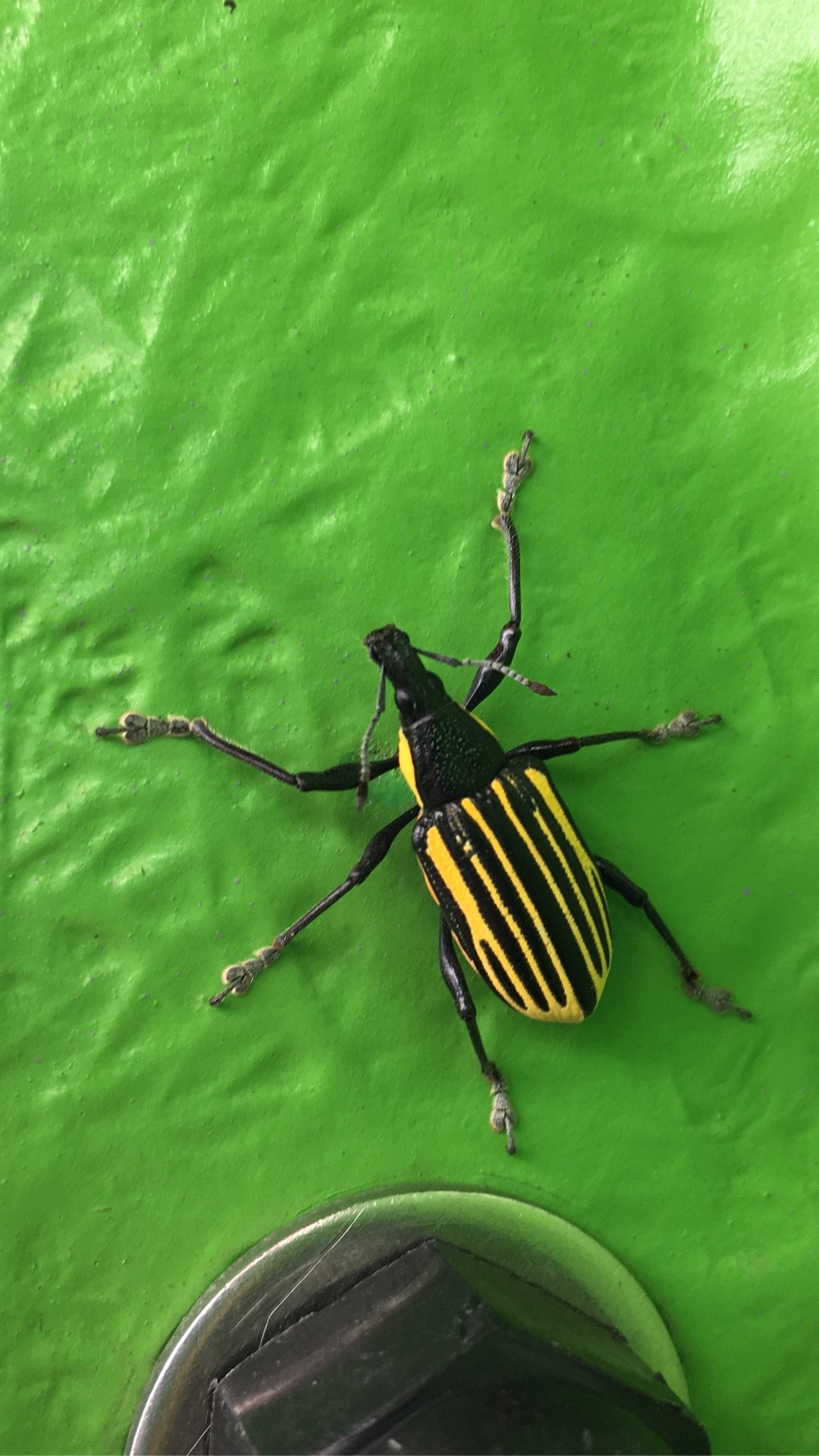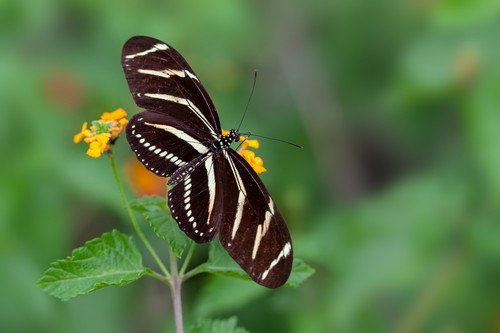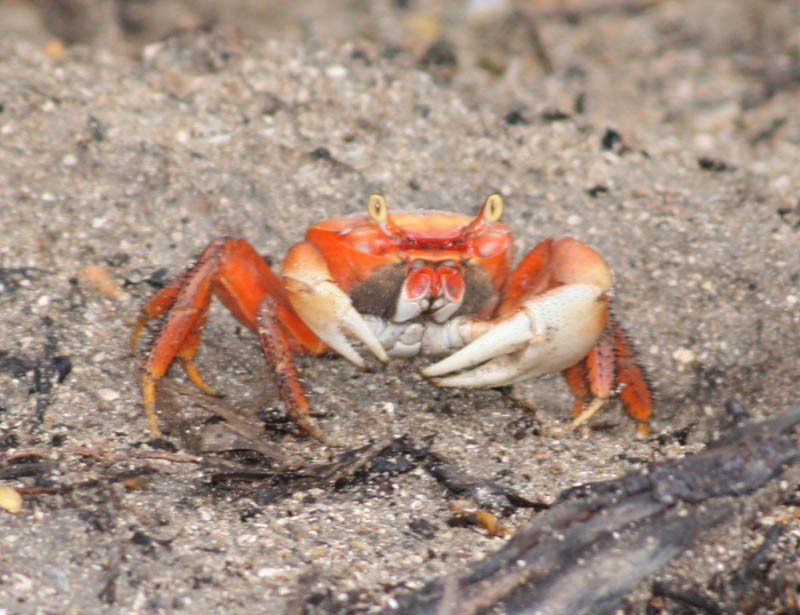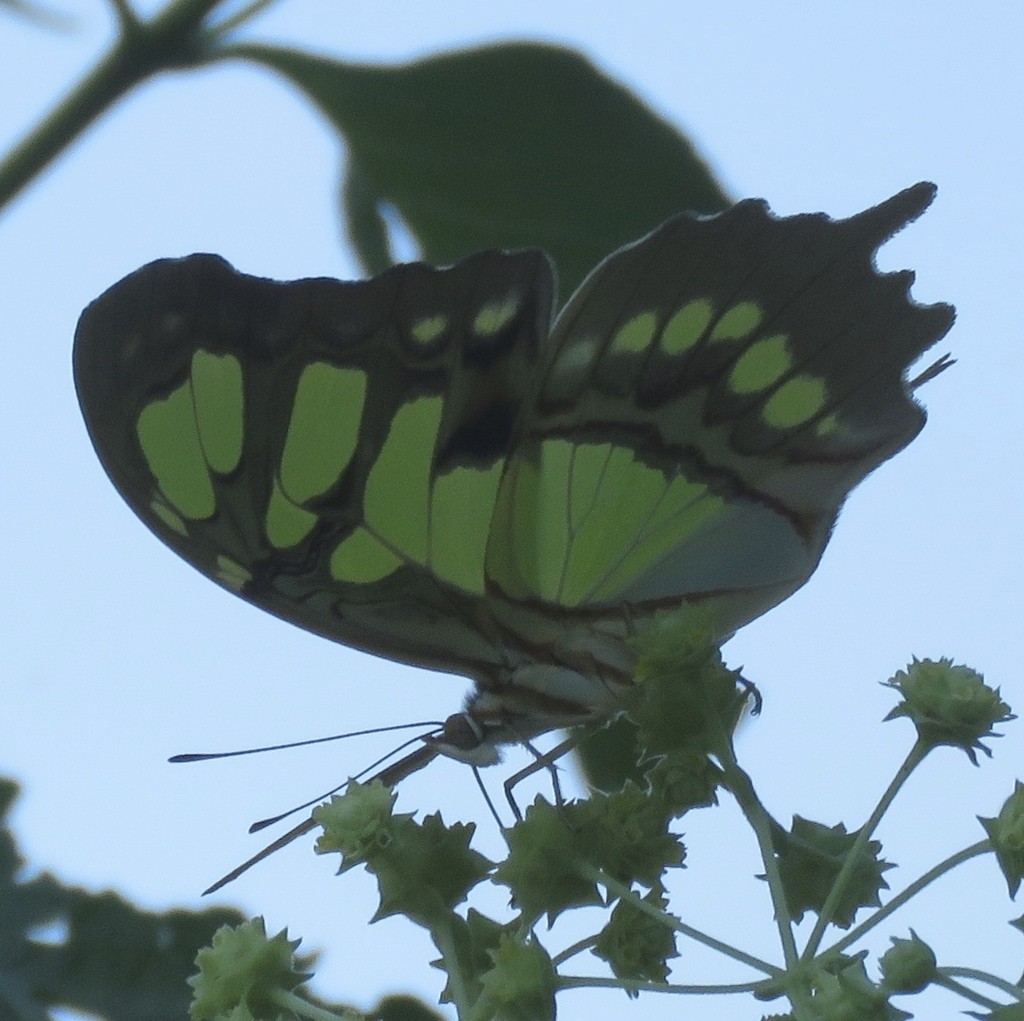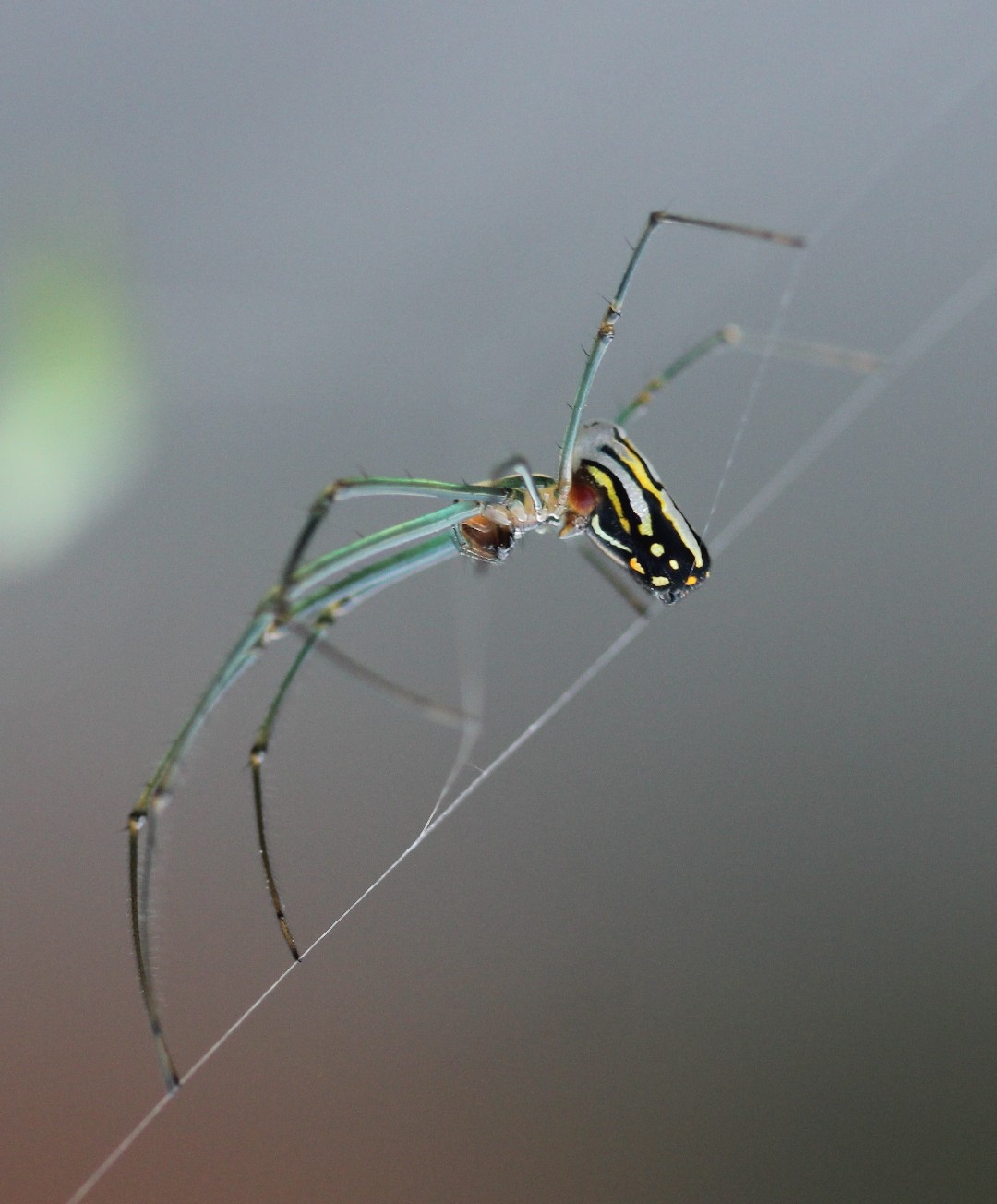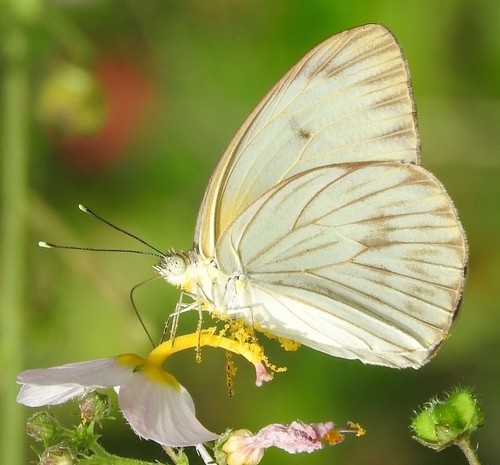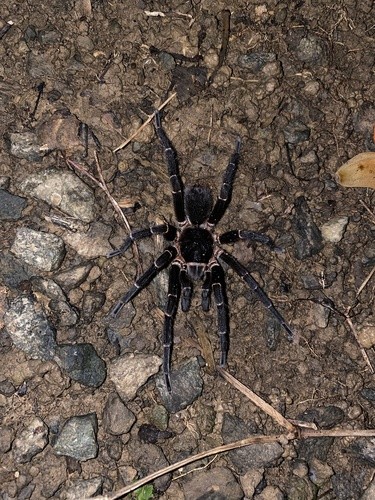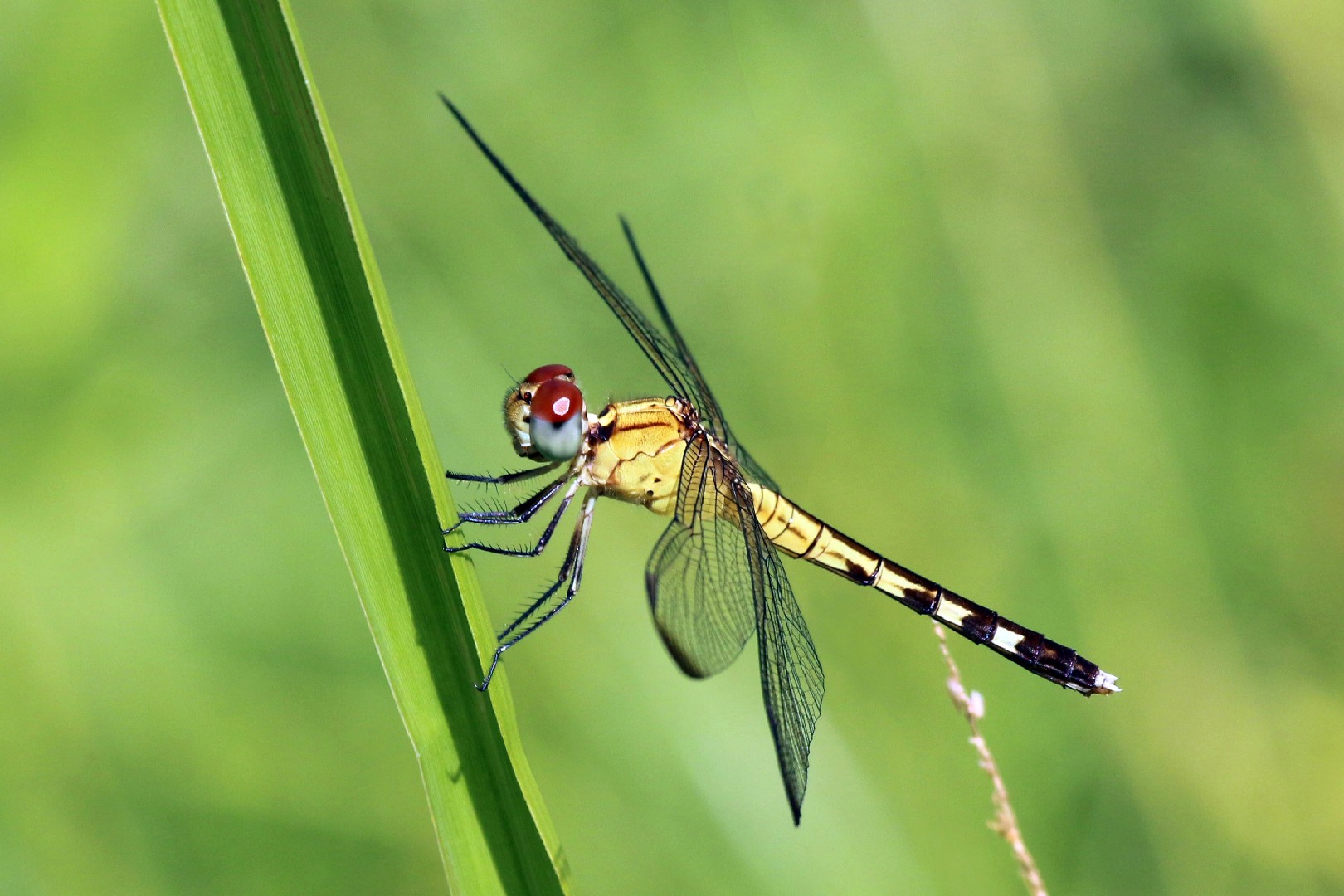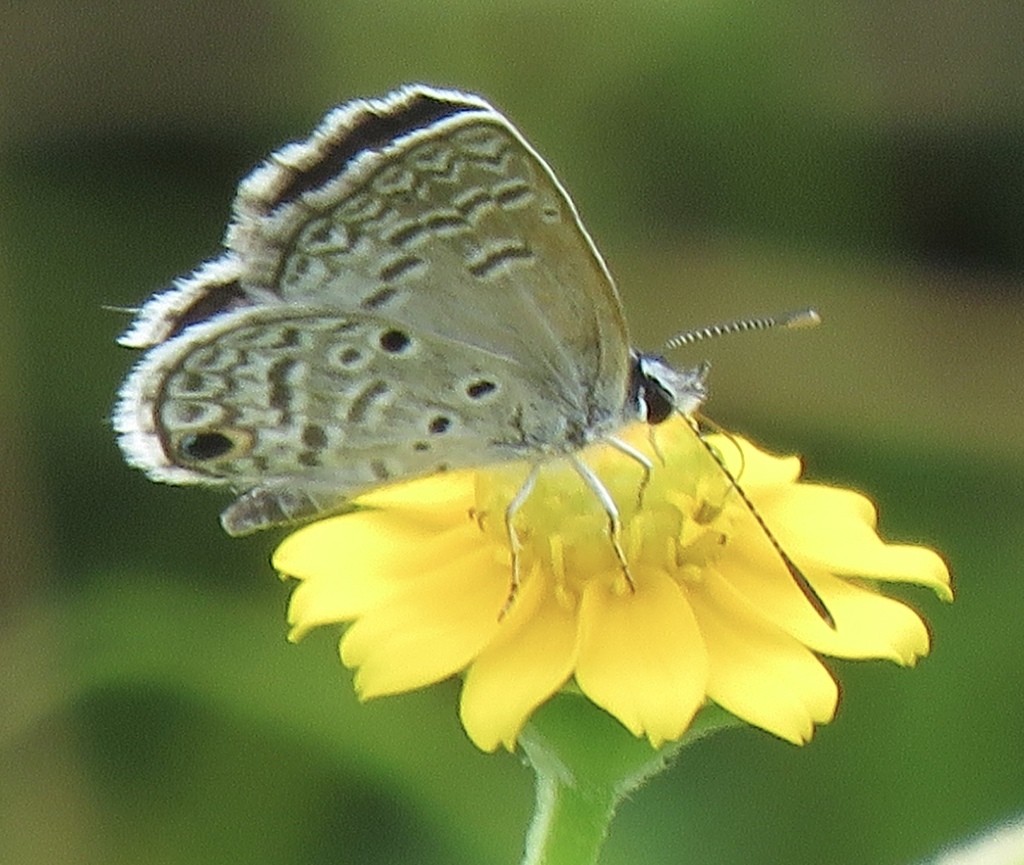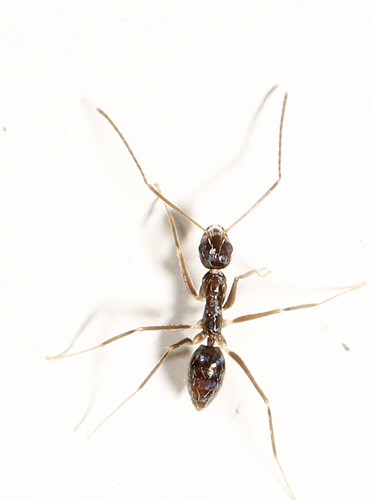Top 20 Most Common Insects in Puerto Rico
Insects, fascinating creatures identified by their six legs and generally small sizes, find a diverse array of habitats in Puerto Rico. Geographical variations across Puerto Rico highly influence our insect population, fostering both a diversity of species, and roles within the ecosystem. These insects, from pests to the beneficial, all play crucial parts, underlining the dynamic relationship of environments and their micro-inhabitants in the rich tapestry of life. Stay tuned as we unveil our 'Top 20 Most Common Insects' in Puerto Rico.
Most Common Insects
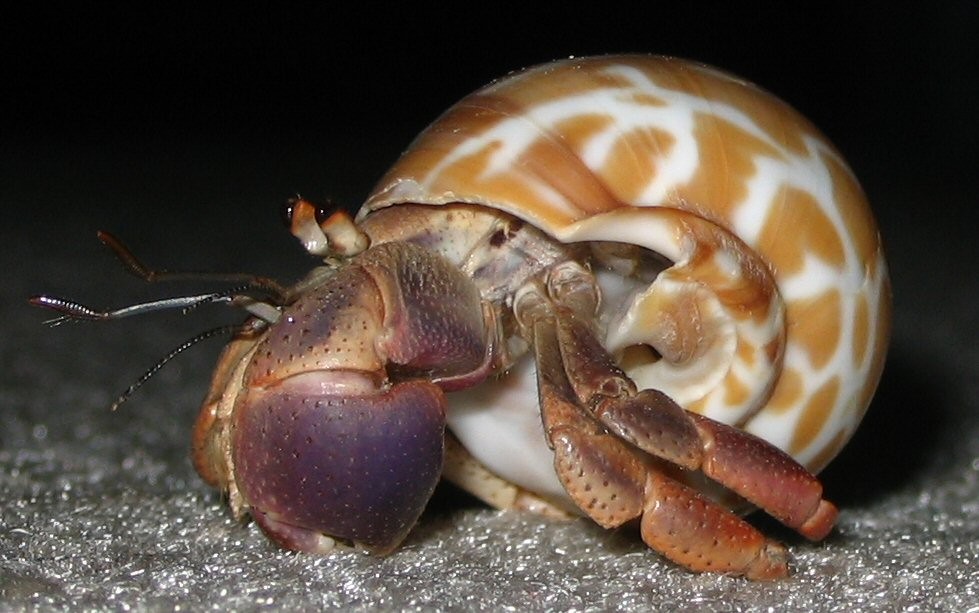
1. Caribbean hermit crab
Caribbean hermit crab (Coenobita clypeatus) is a land hermit crab found in many parts of the western Atlantic and the Caribbean sea. This herbivorous and scavenging crab uses modified gills to breathe air. It prefers the shells of West Indian top snail (Cittarium pica). The caribbean hermit crab is one of the two species of hermit crabs found in the pet trade in the US.
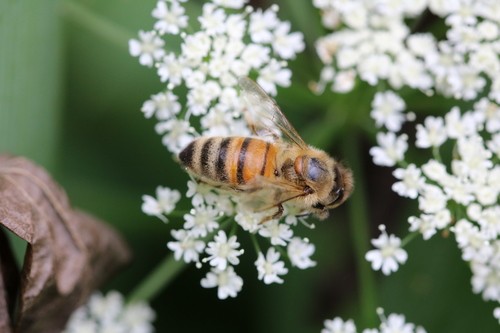
2. Western honey bee
Western honey bee(Apis mellifera) is the most common species of honeybee in the world. Among the first domesticated insects, its cultural and economic impact on humanity has been vast and far-reaching, providing honey, wax and its services as a pollinator. Western honey bee faces challenges worldwide, such as colony collapse disorder, and populations are thought to be decreasing.
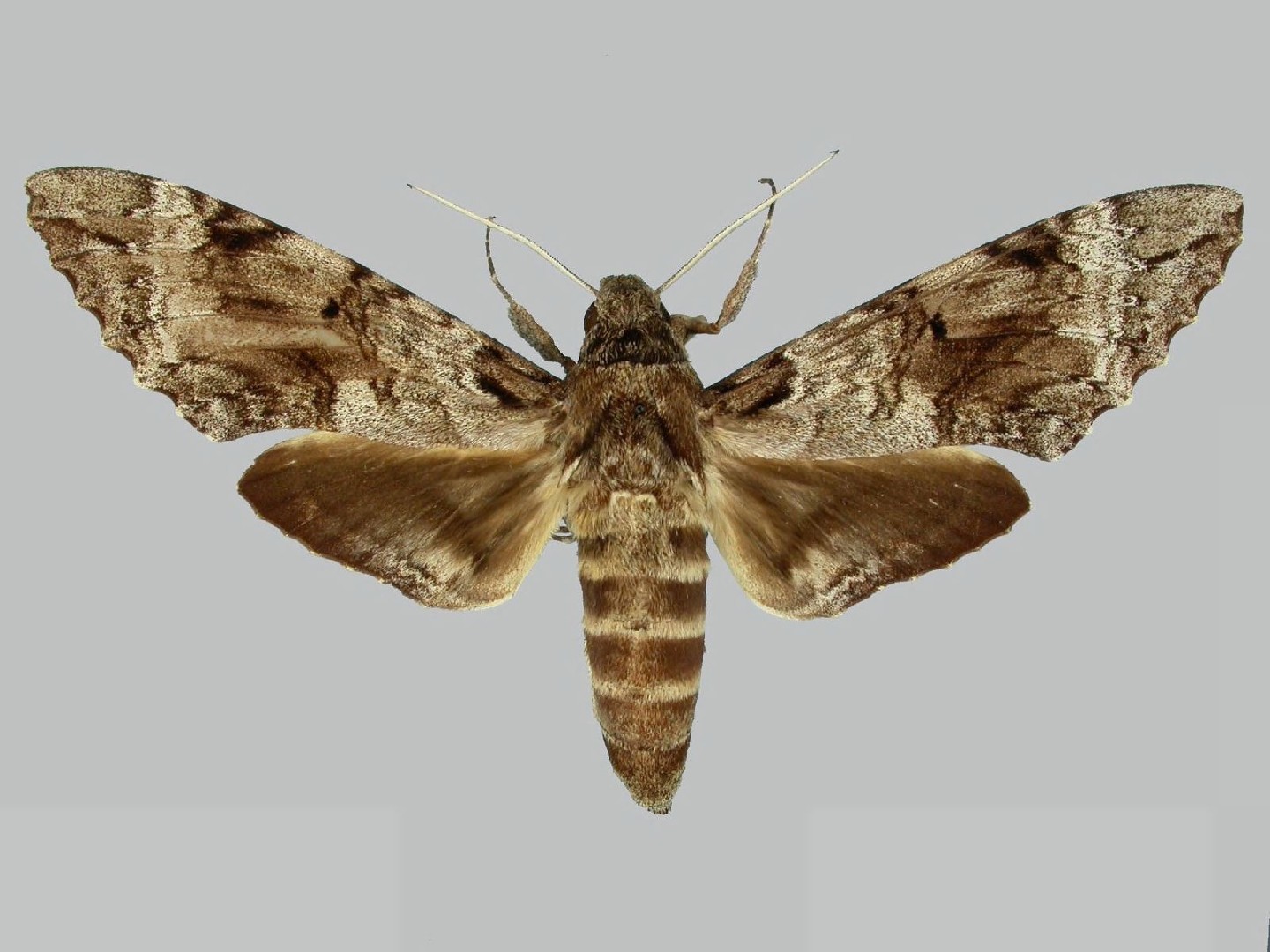
3. Tetrio sphinx
The adult moth is brown with gray and white markings, and the hindwing is a darker brown. The female may be lighter in tone. The body has gray, white, and black bands. The wingspan is 13 - 14 cm, and the female is generally slightly larger than the male. The larva is a caterpillar which may exceed 15 cm in length. It is black with aposematic yellow bands and a red-orange head. Toward the posterior end is an orange bump with a black horn roughly 2 cm long. The legs are orange with black spots. The pupa is about 7 cm long. It is yellow when new, turning brown and darkening to a reddish brown as it hardens. 
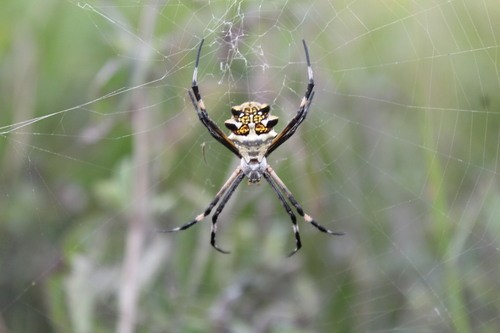
4. Silver argiope
The silver argiope (Argiope argentata) often creates unique zigzag patterns on its webs. It's usually found in warm, dry areas, especially on cacti and aloe vera plants. The females are much larger than males. They can bite and cause irritation to the skin, but the damage won't be life-threatening.
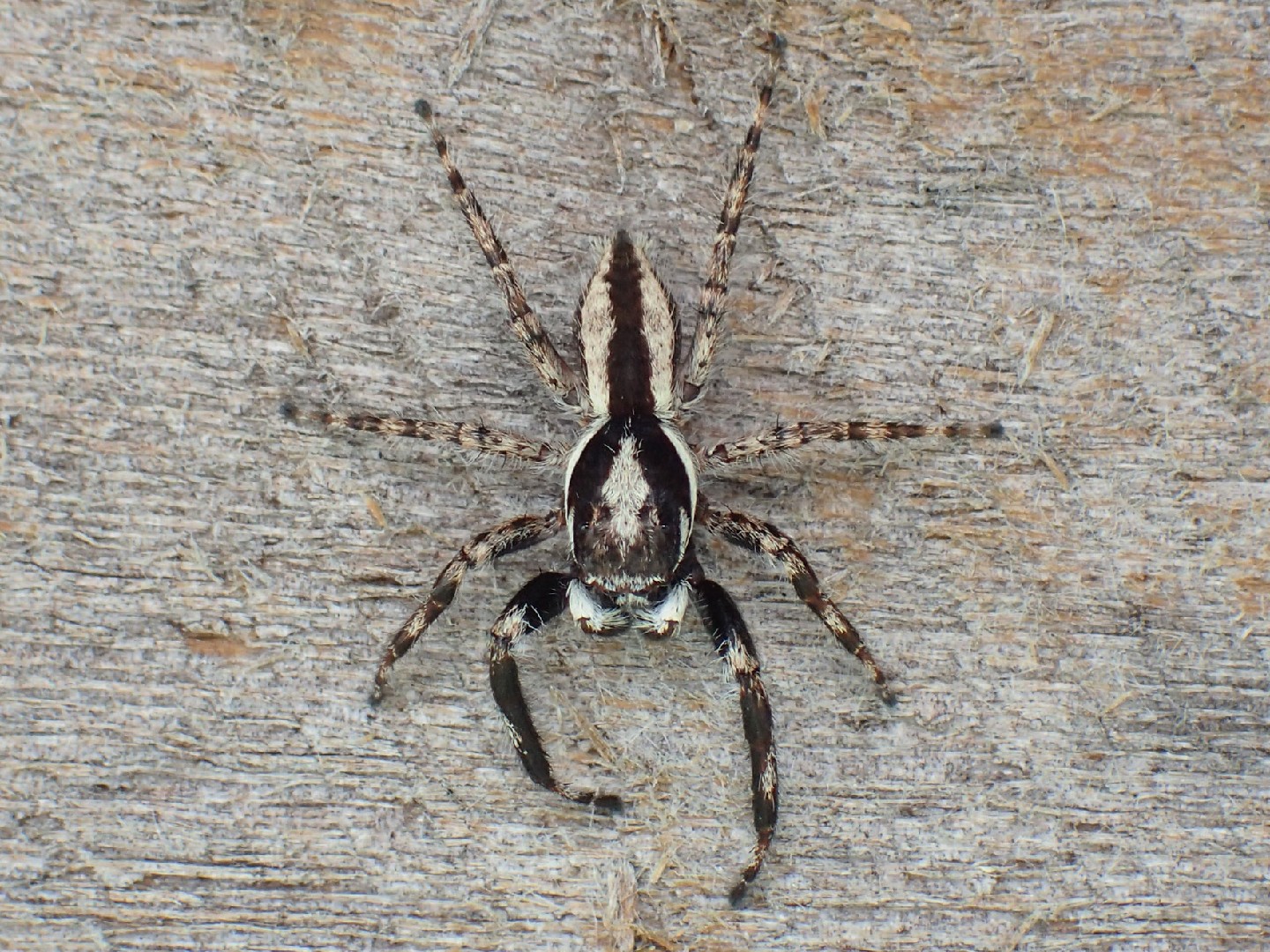
5. Gray wall jumper
The female gray wall jumper lays her eggs in cracks or other hidden areas. The young and mature spiders feed on flies, making them useful residents in a household. They do not make webs, but carefully hunt and jump on their prey.
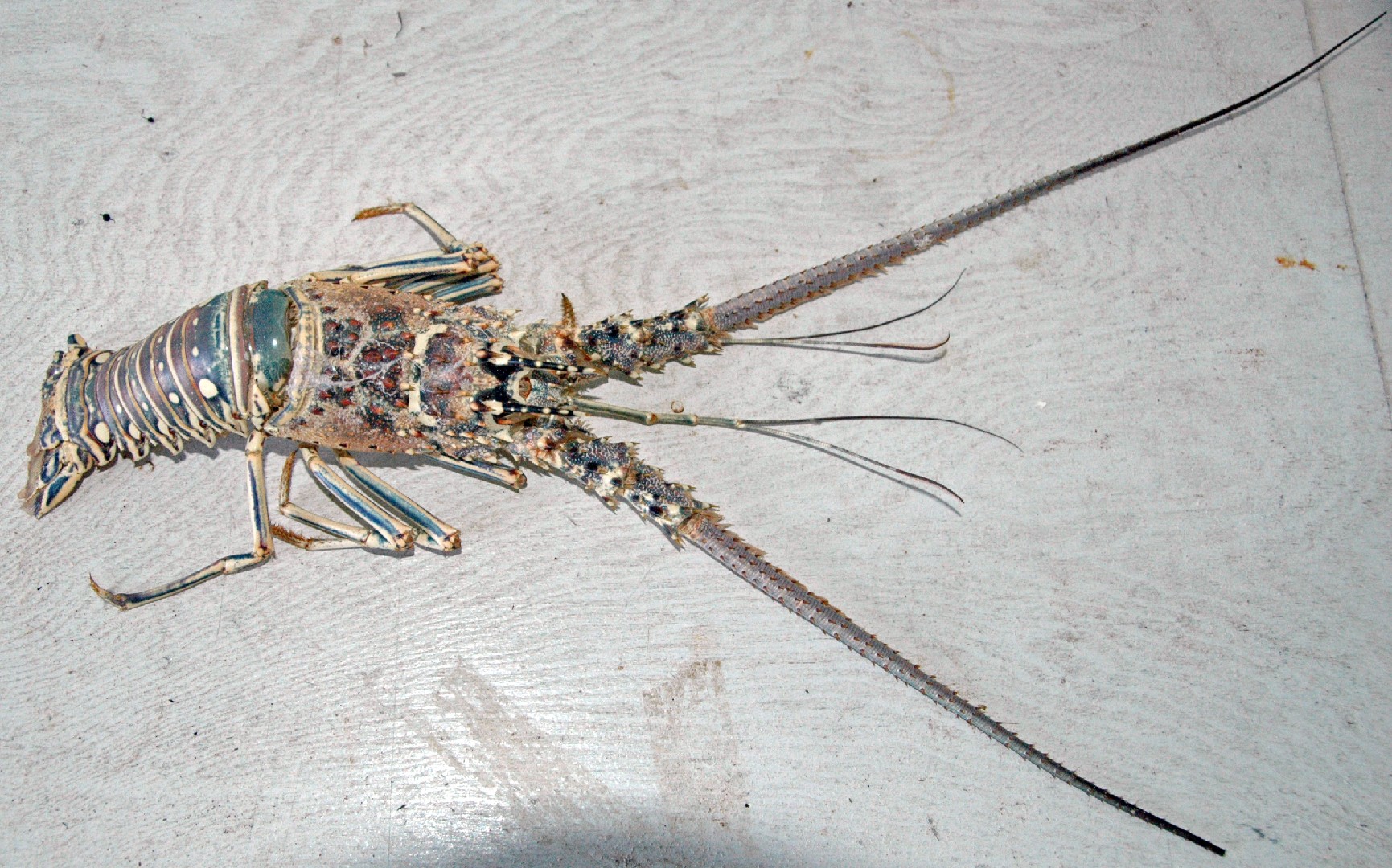
6. Caribbean spiny lobster
Caribbean spiny lobster (Panulirus argus) is a crustacean found in reefs and mangrove swamps in the western Atlantic Ocean. It is the most commonly harvested Panulirus species in the Caribbean region, highly valued for its meat. It is nocturnal and lives a relatively secluded lifestyle hiding in various shelters. Still, odd migrations of hundreds of individuals lined up and marching on the seafloor happen from time to time near Florida and the Bahamas.
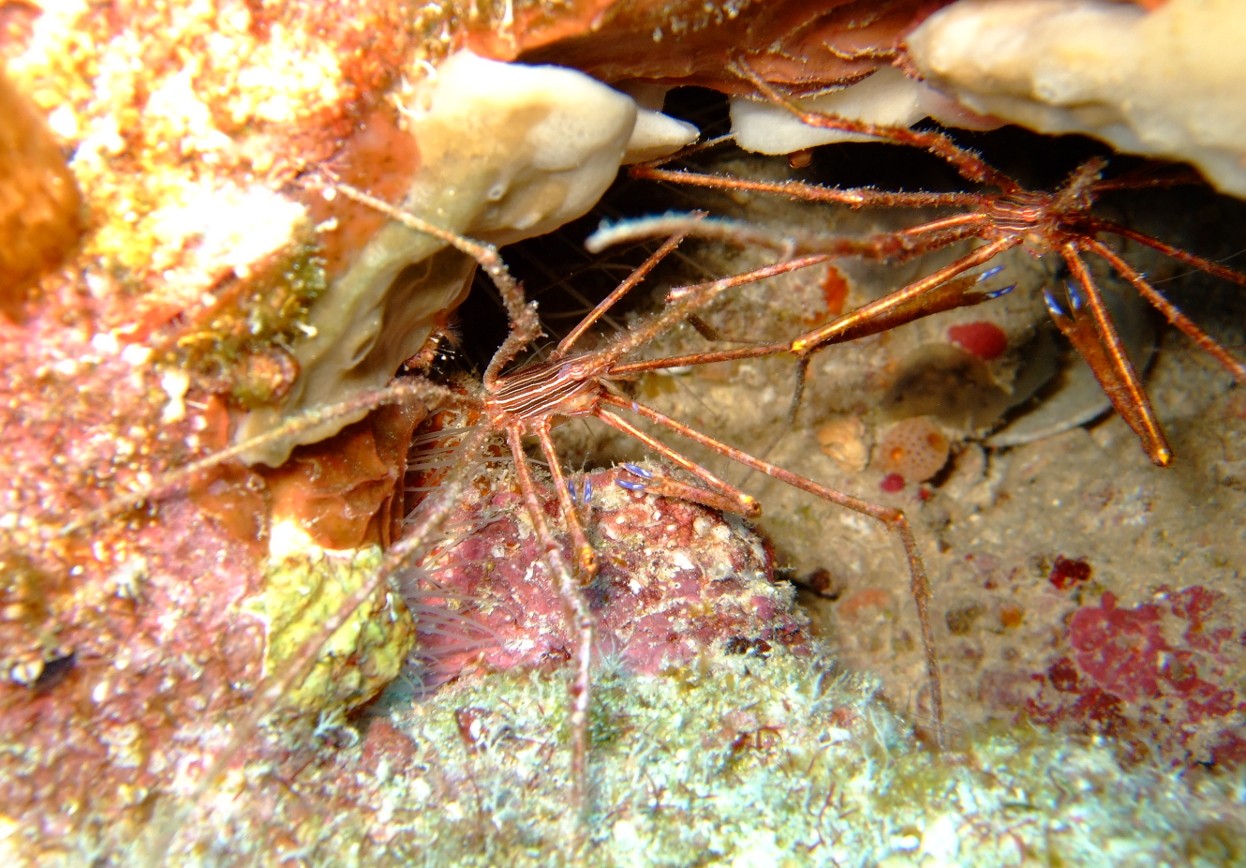
7. Yellowline arrow crab
The body of S. seticornis is triangular, and the rostrum is drawn out into a long point with serrate edges. The legs are also long and thin, up to 10 cm (3.9 in) across, and the animal's carapace may be up to 6 cm (2.4 in) long. Colouration is variable in this species; the body may be golden, yellow or cream, marked with brown, black or iridescent-blue lines; the legs are reddish or yellow, and the claws are blue or violet. 

8. Red rock crab
Grapsus grapsus is a typically shaped crab, with five pairs of legs, the front two bearing small, blocky, symmetrical chelae (claws). The other legs are broad and flat, with only the tips touching the substrate. The crab's round, flat carapace is slightly longer than 8 centimetres (3.1 in). Young G. grapsus are black or dark brown in colour and are camouflaged well on the black lava coasts of volcanic islands. Adults are quite variable in colour; some are muted brownish-red, some mottled or spotted brown, pink, or yellow. 

9. Atlantic ghost crab
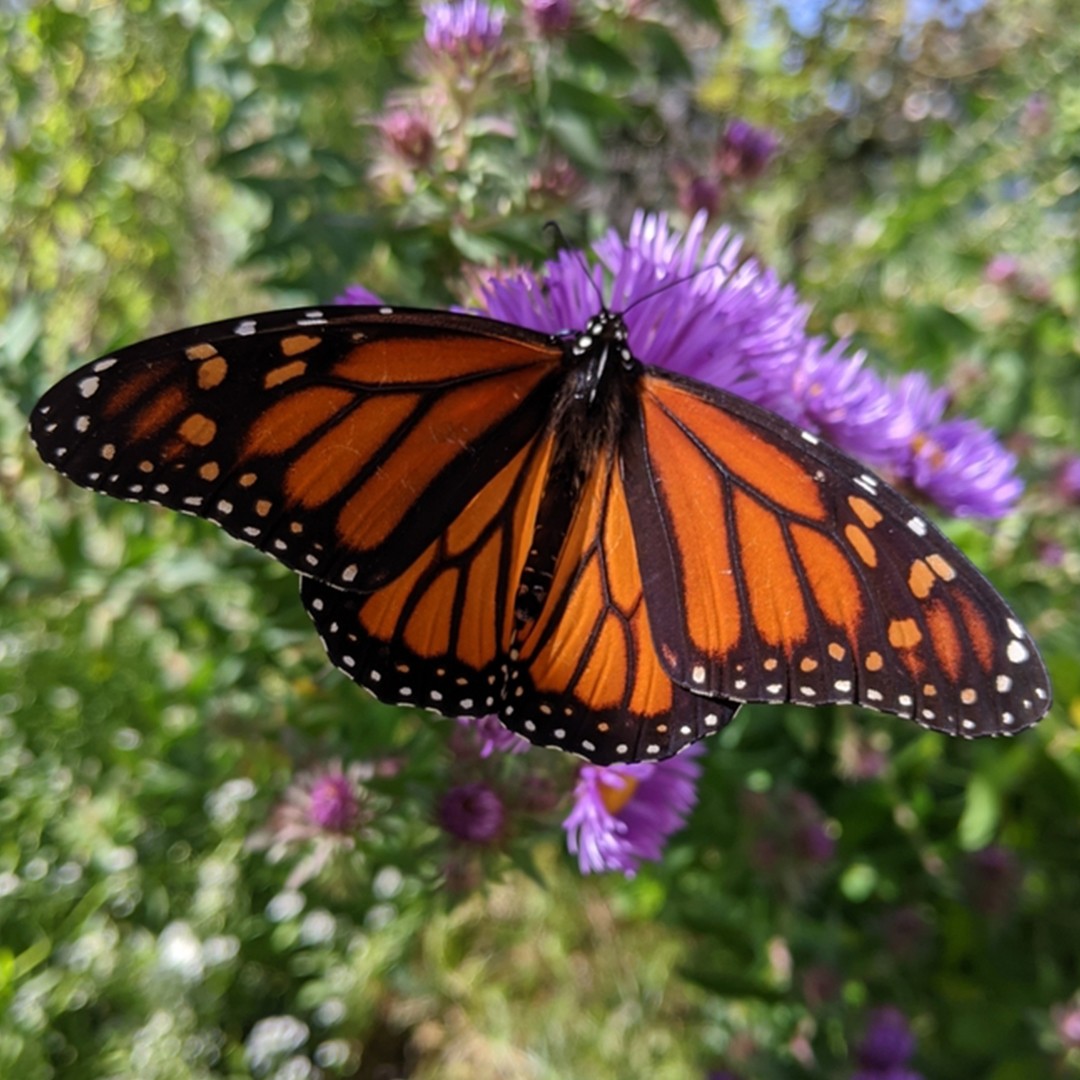
10. Monarch butterfly
The monarch butterfly (Danaus plexippus) is the most recognizable butterfly in North America. It is best known for its appearance, but should be better known for the fact that it has a 3000-mile migration that takes the butterfly 4 generations to complete. Their diet is also a natural deterrent for predators, as they eat milkweed, a poison that induces vomiting.
More
